Click below to view video
Dan Gibson examines the claim that the Ka’ba is actually a Hindu Shiva temple. Why do Hindus see such similarities with Islamic rites?
Transcript
Video #39 This is a general transcript of a Dan Gibson video.
Hello, I am Dan Gibson, and this is another Question and Answer Video. In this video we want to answer two similar questions: First, several people have asked: Is the Ka’ba building an Indian Shiva temple?
And then, more specifically, Dr. Ajay Sharma, an Associate Professor in Geography in India asks: Is there any relationship between Nabataean carving and Indian art? Both of these are good questions, and I hope I can answer them successfully.
First of all, I do not believe that the Ka’ba was ever a Shiva temple.
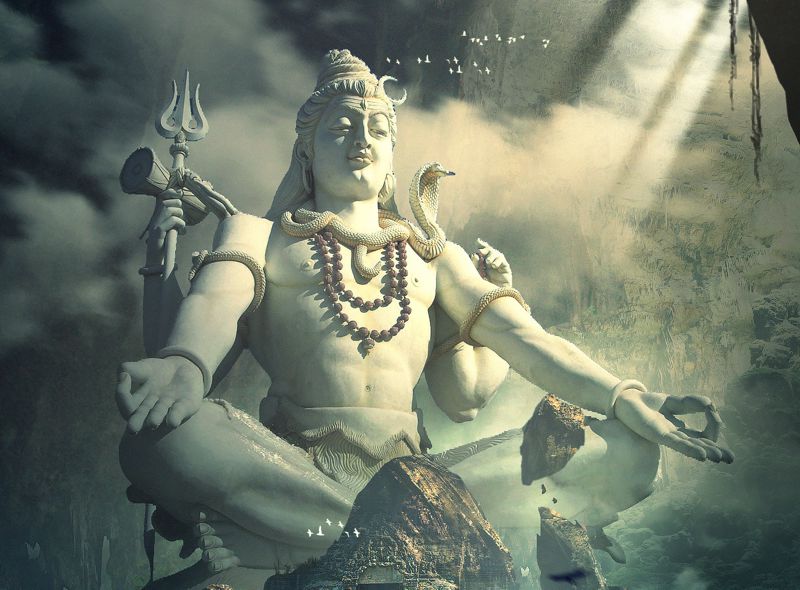
Hindus see similarities between Hindu symbolism and Islamic symbolism.
From my research, it seems that Hindus worship Lord Shiva, as one of many Gods. Some of them have put together things in Islam that are similar to what they see in the worship of Lord Shiva. So let’s examine some of them and I will comment on them. You see, when we consider Petra as the location of the first Ka’ba, things take on a different perspective. Now, first, these Hindus like the idea that there were 360 idols at the Ka’ba. So this makes it seem like a Hindu place to them. Hindus have many gods, so this is immediately a connection.
However, when we are considering pagans, everywhere, all of them had many Gods. The Greeks, Romans, even the Vikings. The odd thing about the Ka’ba is that all of these idols (nusub) or sacred images or items were gathered into one place. Some of them were pictures. They were not all individual standinb idols. There was a picture of Abraham and Ishmael standing together holding divination arrows. Another of these sacred nusub was a picture of Mary holding baby Jesus. Along with this was the idol of Hubal and different other idols that were there. Now in ancient times, each god usually had its own sacred place of worship. You would expect pictures of Mary to be in a church. So how could there be 360 religious objects all gathered together in one place?
But if you know anything about the history of the Petra area is that it was prone to earthquakes. The Ka’ba was a small low square structure, that seems to have stood well the test of earthquakes. It was a plain thing. It had no decorations on it like Indian temples do. So when an earthquake happened, structures like churches with their columns crashed to the ground, and temples with thin walls tended to crash down.
So after an earthquake, Islamic records tell us of people digging through the rubble, and finding sacred items. It would be natural for them to gather these items into the large open courtyard, and that was the one around the Ka’ba. There they would be safe from rocks and things from the mountains falling on them.
So in Petra, it is not too odd that 360 sacred items, including paintings of Jesus, his mother, Abraham and so forth, would find their way into the open area near the Ka’ba.
Second, these Hindus claim that the black stone is actually a Shiva object of worship, placed in a silver holder.
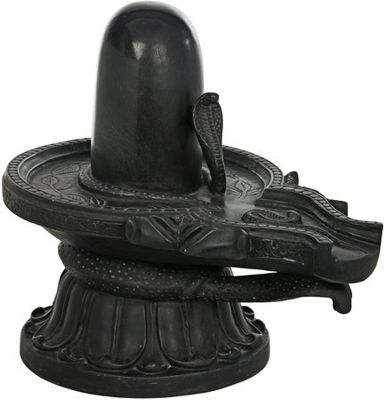
A Shiva Linga
This is a bit more embarrassing to talk about, because one of the symbols of the Shiva, is known as the Shiva Linga. This is made of two parts. The lower part represents a woman’s reproductive parts, and the tall stone in the middle represents a male’s reproductive organ. Shiva teaching focuses on the union and experience of this act. The worshipers of Shiva pour oil, or milk, or other liquids over this representation of their god.
So when the pagan Hindus hear of a Black Stone, they think of a Shiva Linga, the silver holder representing the female, and the Black Rock representing the male.
And when they see a rounded, dome-shaped, baetyl carved in the side of a mountain they think of a Shiva Linga; even though the Back Rock and the Block Gods in Petra have nothing to do with Shiva.
Another symbol associated with Shiva is a crescent-shaped moon in the hair of their idol. So when they see a crescent chape they think it is for Shiva. But the crescent shape goes far back into history, long before Muhammad. Records show that the crescent symbols were used by the Midianites, as far back as the time of Gideon, hundreds of years before David and Solomon. (Judges 8:21-26) In fact, crescent symbols can be found all over the world. They are not exclusive to Shiva worship or Muslim worship. It is simply a common pagan symbol.
Shiva is also associated with the mountains; as his residence is supposed to be in the Kailash Mountain in the Himalayas, to the north of India. But then, many pagan gods were associated with mountains. All over the world, mountains were often considered the residence of gods, not just the Petra mountains.
One of the main websites promoting the idea that the Ka’ba was a Shiva temple, tells us that a coiled-up snake is also a Shiva symbol, as you can see it around Shiva’s neck.
And then they point to the serpent monument of Petra; and to prove that, they use my photograph of the so called snake monument. The problem here is that the name snake monument is a very modern name, that tourists have put on a strange looking stone.
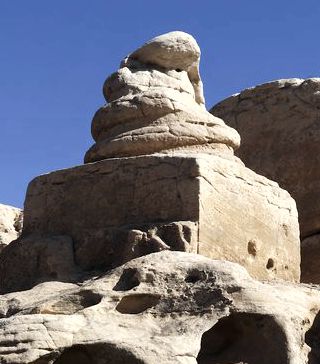
The so-called Snake Monument
This strange looking shape is actually wind made, and probably made over the last hundreds of years. Originally it was one of the large square blocks of stone that marked the entrance to the sacred area. Over time, the soft sandstone eroded in the wind and rain, and in the end, the block of stone looked like this. So sorry, there is no real snake monument in Petra. Just a modern nickname for this strange looking, wind-carved rock.
Hindus also point to the lion fountain as lions are also associated a pagan festival in India. Once again, lions were popular all over the western world as well. So just because Petra had some lions, it does not mean they were connected to a festival in India.
These Hindu websites and films point to the processional way through Petra, up to various large monuments, and they immediately think of their own processions and festivals. Likewise they link the Hindu festival Dussehra with the name of the God of Petra, Dusshara … just because they sound similar. In the Hindu setting it is all about the worship of the feminine form. But there is nothing like that in related in Petra. These websites also identify other gods worshiped at Petra are also identified in various Hindu settings.
But then the Hindus have 330 million gods to choose from, although most people only focus on 33 of the most popular. So surely they will find some Gods somewhere that are similar to something in Petra.
These websites also point to Shiva-Durga worship, where animals are sacrificed, and they identify this with animal sacrifice in India. Once again, animal sacrifice is found across the entire known world, so it is not common only to India.
Some of the websites really stretch the point, when they notice that some of the God-blocks or stones that mark the sacred area around Masjid al Haraam in Petra were near flowing water, and they immediately think of the flowing river of the great Gangies River. I am sorry, but it seems to me that they are simply grasping at anything. Some of these blocks are near flowing water, as the Nabataeans cut many channels in the rocks to bring more water into their valley. So to enter the Petra valley, the chances are that there would be flowing water nearby, but this is not true of all of the great blocks at Petra.
Lastly, to grasp at anything, they point out to the thousands of dolmens or standing rocks that are found all across Europe, the Middle East, India, and even in Asia. They also note that some of these have ‘Meteoric stones mounted on carved pedestals.’ They immediately think that this is evidence of Hinduism all over the world rather than thinking that perhaps there was a worldwide fear of meteorites falling on them due to ancient great meteorite showers that may have happened on earth. Someday I might do a video on this theory of the dolmens where people would run and hide behind them because there must have been at one time frequent meteorite showers. I think this is what it may be all about, but without a worldwide survey I cannot conclusively say that. It is just an idea, but Hindus point at these dolmen.
Now this has gone on long enough. I think you get the general idea. These websites are promoting Hinduism, and these Hindus see something of Hinduism all over the world. Even in Petra, and especially in the stone cut tombs from the side of the mountains. Now, before we get all excited about this, let’s consider some of the history of Petra and the Nabataean people in particular.
From very ancient times, the Nabataeans were involved in merchant trade. They were the Arabs that crossed the desert… and eventually they set up trading emporiums in Mesopotamia, in Egypt, in Syria, in Yemen, even in Italy, and they were active merchants with India.
What kept them together as a distinct people was their common burial cities. The greatest of these burial cities was the city of Rekem, known to the Greeks and Romans as Petra; the mother of all settlements as written in the Petra Scrolls.
And it seems, from the evidence that is in Petra, that they would place their dead bodies onto a high location where the birds would strip away the flesh, and in the end only the bones were left and buried. So Nabataeans, from all over the world, wanted their bones taken back to the burial city where they could be buried with their family members.
And twice a year, as many of their family members as possible would gather together at the family tombs where the remaining family would eat a meal together and then smash the dishes. So what does this have to do with India, and Lord Shiva? Simply this. When you look at the family tombs in Petra, you can see reflected in the architecture, evidence of where that family were resident merchants. In some tombs you can see the crow steps, as was popular in Mesopotamian architecture. In some tombs you can see evidence of Egyptian architecture. In some tombs, you can see Greek architecture, some are distinctly Roman, and in some you can see evidence of Indian influence in the architecture.
This is not a surprise, because these family were based all over, in all the major cities of known world at that time. So if you study Roman or Greek architecture, and you come to Petra, you will see Roman and Greek influence in the architecture of Petra. If you study Egyptian Architecture, and you come to Petra, you will see Egyptian influence in the architecture of some of the tombs.
So all that is happening, is that Indian Hindus, when they see pictures of ancient Petra, they recognize something from India in some of the tomb architecture, but it is the same for everybody.
So, no, I do not believe that the Arabs in Petra were worshiping Lord Shiva. No, before the coming of Islam, they were pagans and before that they worshiped one God and so worshiping multiple gods as pagans is what they eventually developed into. And so pagans in other countries can see and recognize pagan worship in Petra.
And as far as architecture is concerned, as Dr. Ajay Sharma has asked, yes there is some Indian influence on some tombs, but not in any major way. The Egyptians built tombs, the Babylonians built tombs, and the Indians built tombs and so in Petra the Nabataeans built tombs. But that Nabataeans did not have their own architectural style, their tombs reflect architectural influence from different places all over the world.
Now having said all this, I want to add something more.
Reports have come out, that in the Sultan’s Library in Istanbul, Turkey, there book known as Sayar ul-Okul, or Memorable Works. That book refers to is a disk, that supposedly used to hang in the Ka’ba. On the disk were the following words: “…Fortunate are those who were born during king [Vikramaditya’s] reign. He was a noble, generous dutiful ruler, devoted to the welfare of his subjects. But at that time we Arabs, oblivious of God, were lost in sensual pleasures. Plotting and torture were rampant. The darkness of ignorance had enveloped our country. Like the lamb struggling for her life in the cruel paws of a wolf we Arabs were caught up in ignorance. The entire country was enveloped in a darkness so intense as on a new moon night. But the present dawn and pleasant sunshine of education is the result of the favour of the noble king Vikramaditya whose benevolent supervision did not lose sight of us – foreigners as we were.
*He spread his sacred religion amongst us and sent scholars whose brilliance shone like that of the sun from his country to ours. These scholars and preceptors through whose benevolence we were once again made cognisant of the presence of God, introduced to His sacred existence and put on the road of Truth, had come to our country to preach their religion and impart education at king Vikramaditya’s behest…*”
That supposedly is a quote from a book, and is speaking about pre-Islamic times. This book also claims that Muhammad’s birth was in 552, earlier than what Muslims claim, and that he was not born in Mecca in Arabia but many miles further north in a place known as Yehuda Nevo. (Jewish Nebo) The book also is supposed to claim that classical Arabic was developed not in Saudi, but in the Levant.
All of this is claimed in this book. Which has never been translated from Turkish into English, and of which I have never seen, and I do not know of any other scholar who has ever seen this book. So maybe it doesn’t exist. But lots of people on the Internet are talking about it.
So… if this book actually exists, and if it does include references to an Indian king sending scholars and missionaries to the pagans of Arabia, before the coming of Muhammad, this could be a link between Indian religion and the pagan practices that were in place in the years before Muhammad. If, and again I stress, if this book can be found, it may explain some of the practices that were common in early Arabia. For instance, Hindus circumambulate or circle around their pagan statues. These statues are not idols, but represent deities. Hindu’s shave their heads and bear and wear special sacred cloths, one around their waist and the other over their shoulders. This is found in India, and is similar to the rites of the Muslim hajj that come down to us from pre-Islamic times.
So while I doubt that the Ka’ba was a Shiva temple in any way, there does seem to be many connections between pre-Islamic pagan practices and the pagan rites found in India.
This is an area that I think needs further research, and it would make a suitable research topic for someone’s Phd thesis.
You see, research has been done about Jewish connections with Islam, and research has been done about Aramaic connections with Islam, but no one has yet done a full academic study of Hindu and Indian connections with pre-Islamic worship, and how this influenced worship during the early years of Islam.
It is like Nabataean architecture, which shows influence from so many different places in the world. Perhaps the same applies to their religious forms of worship were also gleaned from many corners of the world.
And it might explain something that has puzzled me for many years. In Arabic the name for Jesus is Yasua’, much like the Jewish name Yashua’.
But in the Qur’an Jesus is known as Isa’ Ibn Marium, or Isa al Massiah. This word, ‘Isa is not an Arabic word. But it is very close to the word in Sanskrit… Isa, which means Lord. If this is true, then Isa al-Masiah is a title, not a name, and it would explain the origins of the term Isa in the Koran. So please, someone needs to take this up. But it means working in Arabic, Turkish, and Sakskrit. I am too old to take on more languages. So I do trust that someone will find this a topic worthy of being their thesis and will do all the research and pull all this material out.
I am Dan Gibson, and this has been another Question and Answer Video.
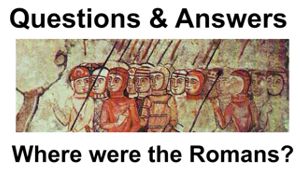
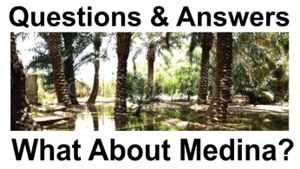
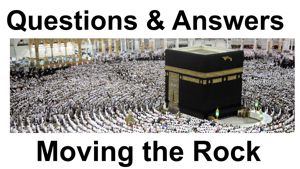
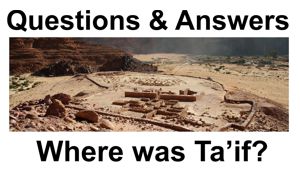
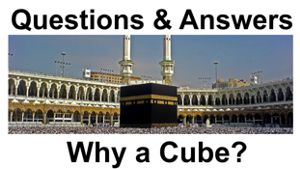

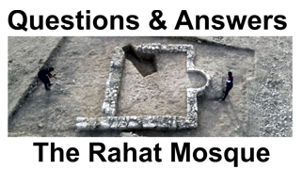
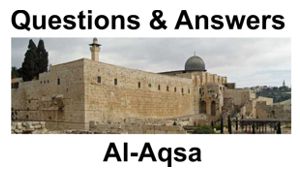
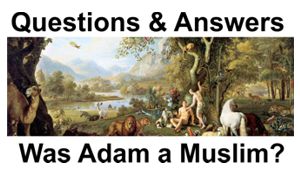
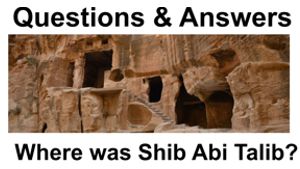
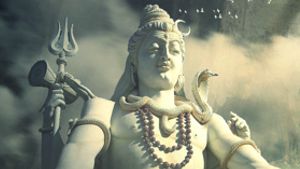
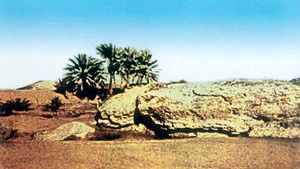
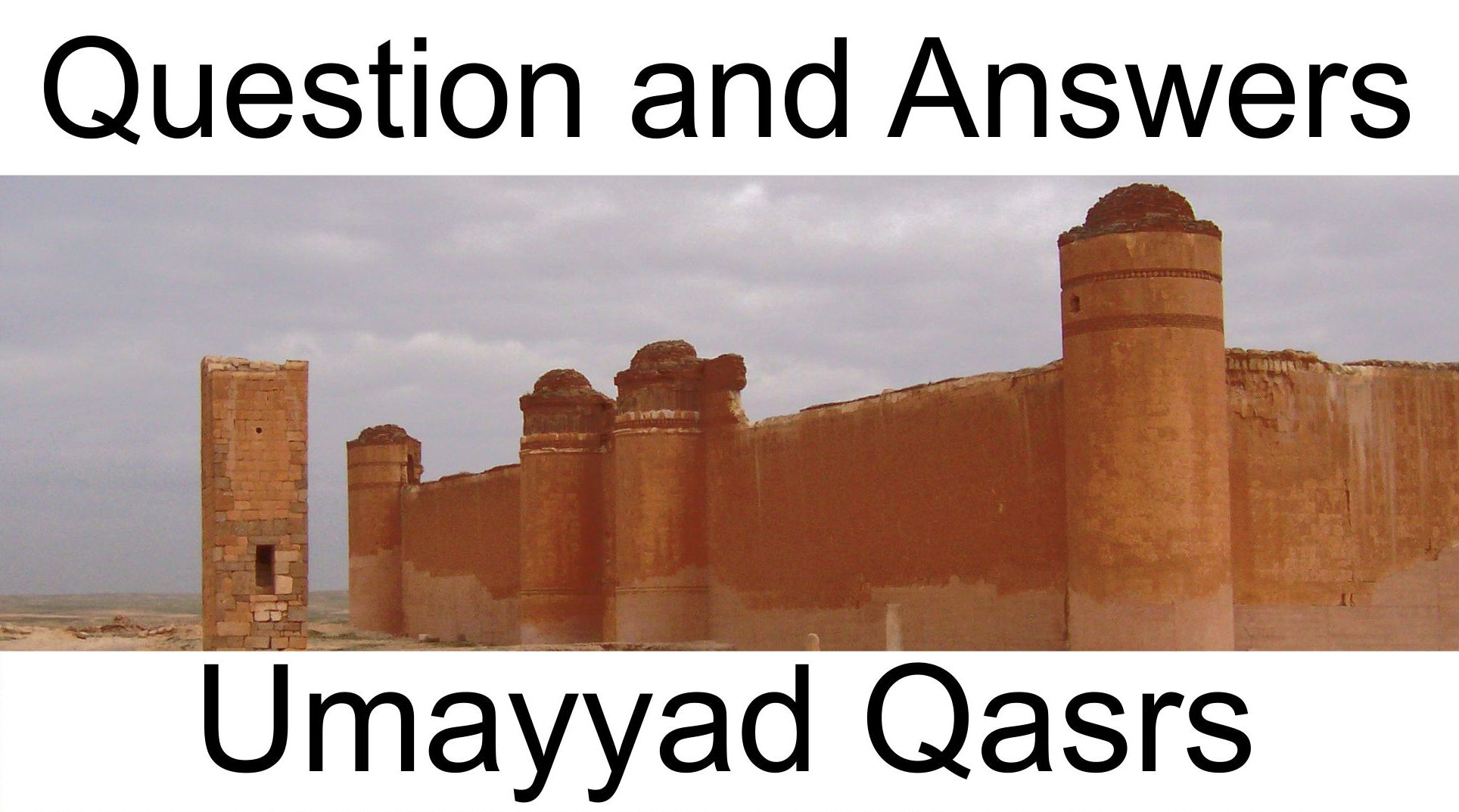
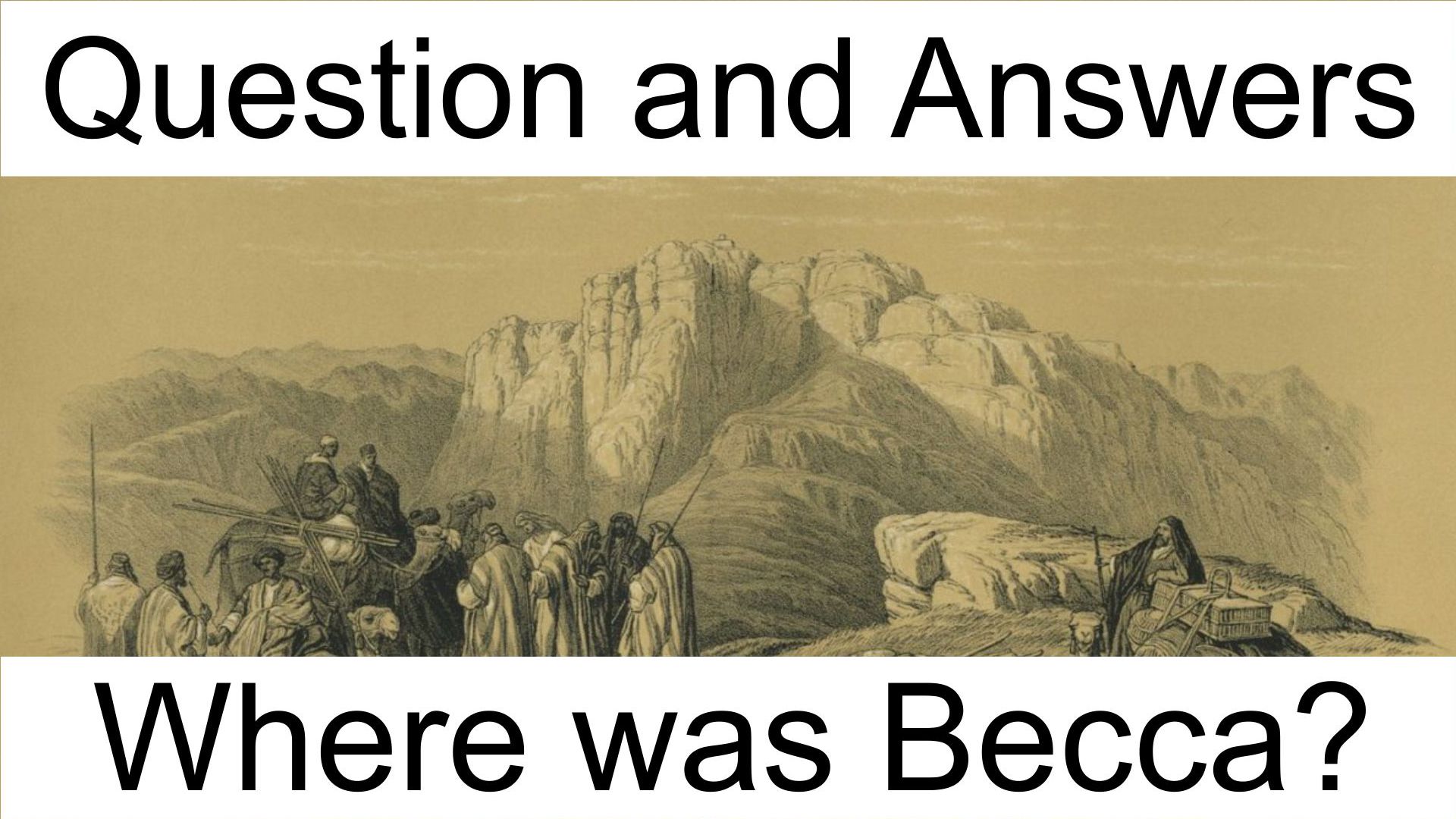

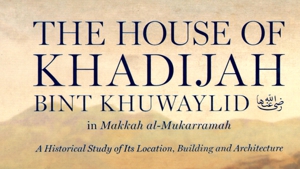
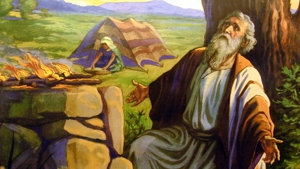
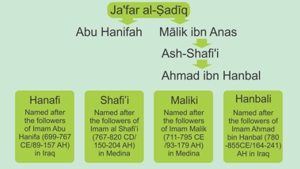

Page Discussion
Membership is required to comment. Membership is free of charge and available to everyone over the age of 16. Just click SignUp, or make a comment below. You will need a user name and a password. The system will automatically send a code to your email address. It should arrive in a few minutes. Enter the code, and you are finished.
Members who post adverts or use inappropriate language or make disrespectful comments will have their membership removed and be barred from the site. By becoming a member you agree to our Terms of Use and our Privacy, Cookies & Ad Policies. Remember that we will never, under any circumstances, sell or give your email address or private information to anyone unless required by law. Please keep your comments on topic. Thanks!